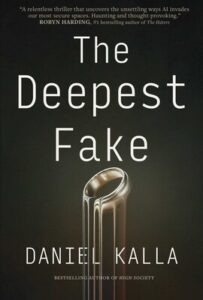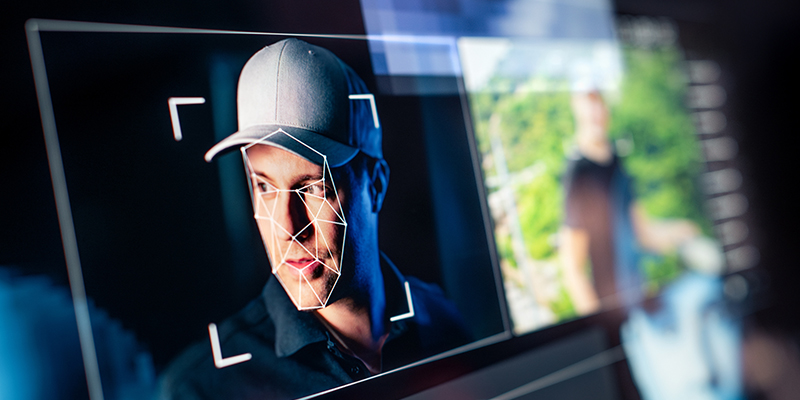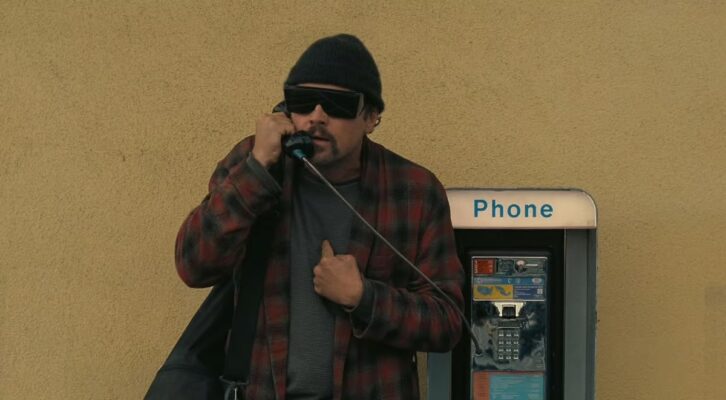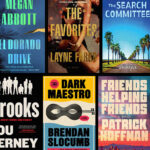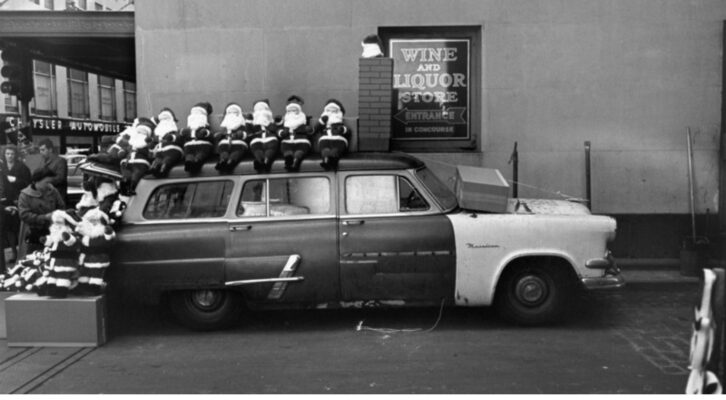What if digital evidence could be fabricated as effortlessly as telling a lie? Imagine an audio recording surfacing of a mob boss ordering a hit he never authorized. Or a doctored surveillance video providing him with a false alibi for a crime he did commit. In a world where manipulated video and audio can masquerade as “proof,” even the most reliable eyewitness accounts could be thrown into doubt.
I believe that moment has already arrived. Admittedly, I have a vested interest, but I’m convinced deepfakes are poised to transform the landscape of crime fiction.
But what exactly is a deepfake? Fittingly, let’s consult ChatGPT for a definition: “A deepfake is a type of synthetic media in which a person’s likeness—typically their face, voice, or both—is convincingly replaced with someone else’s using artificial intelligence.”
The Mission: Impossible franchise has explored the art of visual deception since its original TV debut in the 1960s, with agents donning lifelike masks to assume other identities. While that kind of in-person deepfake remains in the realm of fiction, its digital counterpart—manipulated video, audio, and images—is not only real, but advancing rapidly thanks to breakthroughs in generative AI.
Deepfakes blur the line between truth and illusion, raising serious real-world concerns. For instance, during the early days of Russia’s invasion of Ukraine, fake videos of President Zelenskyy appeared online, falsely depicting him urging his own troops to surrender. It’s a chilling example of how this technology can weaponize misinformation with a potency traditional propaganda could never achieve. Beyond the battlefield, deepfakes have already enabled everything from revenge porn to corporate espionage and financial fraud—crimes executed with chilling ease.
Yet in the world of crime fiction, this technology unlocks a wealth of thrilling possibilities. Deepfakes open the door to fresh plot twists, unexpected red herrings, and inventive narrative devices that were once the exclusive territory of science fiction.
Crime fiction thrives in the shadow of truth, always just out of reach for both protagonist and reader. Deepfakes push those boundaries even further, enabling new levels of unreliable narration. Now, even what characters see with their own eyes—or what we as readers witness on the page—can no longer be trusted. Where a narrator’s unreliability once stemmed from flawed memory or hidden motives, it can now arise from digital manipulation itself.
What does this mean for one of the cornerstones of crime fiction: physical evidence? If fingerprints or blood could once be planted to frame someone, imagine the stakes now with forged videos or AI-generated voice recordings. Deepfakes are no longer just tools of deception; they are weapons, capable of blackmail, coercion, or conjuring a prime suspect out of thin air.
Deepfakes also redefine the crime of identity theft. It’s no longer just about stolen credit cards or social insurance numbers—now, your voice and face can be taken too. Imagine the horror of losing not just your money or your secrets, but your very self, or at least the digital self others recognize.
And what of the protagonists, the investigators tasked with untangling these new criminal webs? Move over motive and opportunity. Digital plausibility is the new frontier. Sleuthing skills alone might not be enough. In the era of AI, they’ll need to rely on digital forensics to uncover the truth.
The fictional possibilities are limitless. A celebrity is blackmailed with a deepfake sex tape so convincing, even they can’t be sure it’s real. A murder suspect stumbles upon a video alibi they never created. An overzealous cop uses AI to fabricate a confession from an innocent person. Or a journalist uncovers a network of political deepfakes destabilizing governments, only to find that no one believes them.
Stories like these practically write themselves.
With this new territory comes a new kind of criminal, too. Move over mob bosses, assassins, and serial killers. Enter the deepfake engineer—a shadowy figure who rewrites digital reality, covers up crimes, or destroys lives with just a few lines of code.
But where should we draw the moral line? In both real and fictional policing, officers have long relied on trickery—such as coaxing a suspect into licking an envelope to obtain DNA. Yet is it ethical, or even legal, to create a deepfake witness to bait a confession? At what point does the tool itself cross over into vigilante justice?
It’s just another rich dilemma for crime fiction to explore.
From crime scenes to courtrooms—and all the narrative spaces in between—deepfakes offer electrifying opportunities for writers and readers alike. They challenge our assumptions, heighten suspense, and force us to question what’s real.
I, for one, can’t wait to see where this technology leads—at least within the pages of a good novel.
_______________________________
